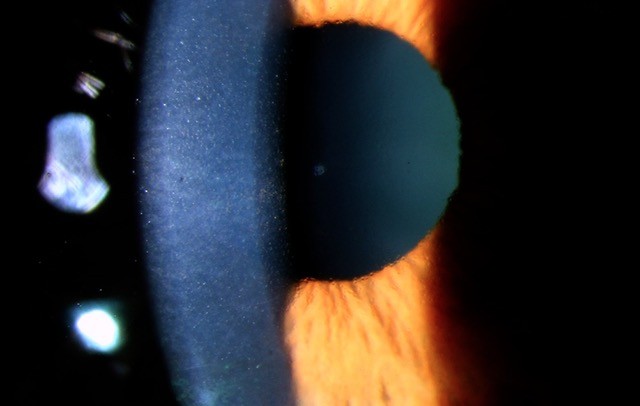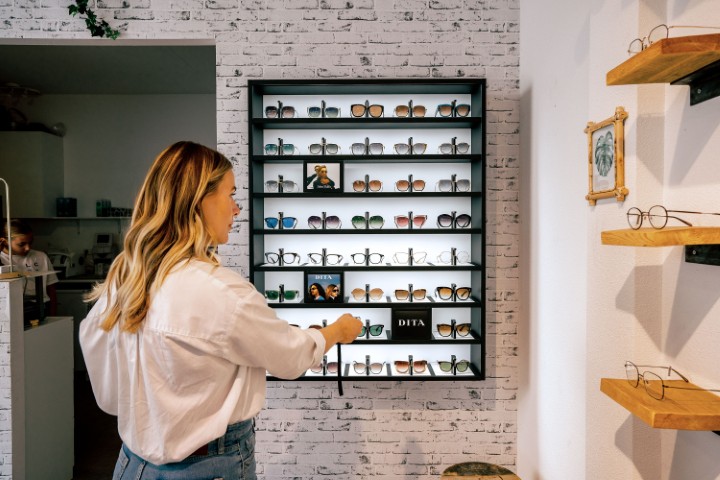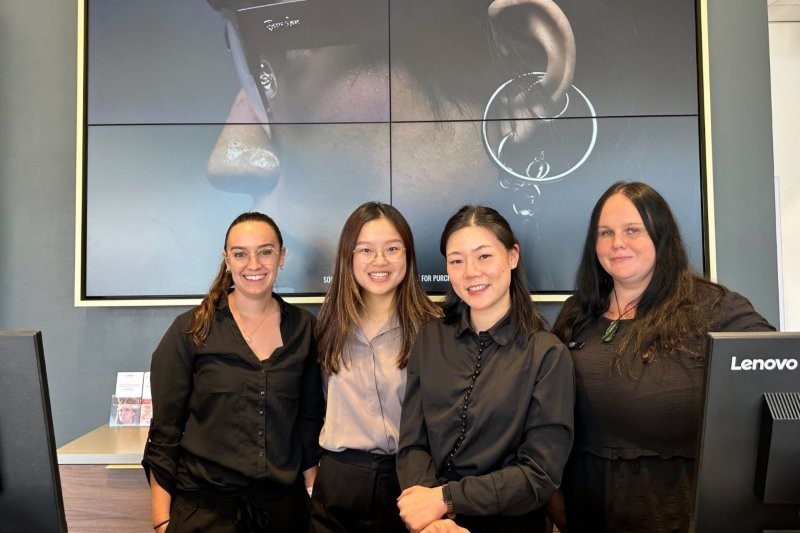Branding on a budget
For many independent optometrists, branding is the bane of their existence (perhaps one of many!). Defining who you are as a business, then successfully and cost-effectively translating that to your audience, can feel like an insurmountable task. But those in the know are full of tips and tricks to help you start or refine your process.
Why branding is so important
For Mark Overton, director of Ideology Consulting, an agency offering marketing planning and implementation services to independent optometrists, the importance of branding can’t be overstated. “Fifteen years ago it was fine to come in on Monday morning and open the practice, boot the computer and see some patients. That was all we needed to do. But the business environment is very different today. There are large and highly effective competitors who are after your market share. If you do nothing, they'll make things hard for you.”
Lynley Matthews, owner of Matthews Eyecare, one of New Zealand’s largest independent optometrists, says strong brand positioning is an absolute must. “A brand is the shorthand customers use to make decisions. Brand positioning allows you to differentiate yourself from competitors by conveying the values and personality of your company. As an independent optometry business, you have a reputation – whether you cultivate it or not – so you might as well create a brand positioning strategy that can help you take control.”
A strong brand strategy can also add to your bottom line, says Matthews, as it will assist in navigating your marketing decisions. “It helps you attract patients who value what you do, as opposed to spending lots of money trying to attract everyone and anyone.”
Campbell Wiltshire, business development and marketing manager at the Independent Optometry Group, agrees with Matthews. “No single practice is ever going to have the same sort of coverage or ability to leverage that a large corporate does. The trick is not to try and compete with this but to create your own personality, one that will resonate with the people in your community. The most crucial part of branding for independent optometry is ensuring the brand matches those who own and work within the practice.”
Key elements of a great brand
In Overton’s opinion, there are four elements that make up a successful brand. “It needs to be unique, recognisable, easy to use and sustainable.” For him, consistency is key and Matthews is in full agreement.
“Audiences are bombarded with messages,” says Matthews. “They’re hyper-connected through a digital world and breaking through the noise can be difficult. Inconsistencies in brand elements directly undermine their impact. Having a style guide that defines things, like how your logo will be used, the colours you use and the tone of voice helps bring consistency.”
Aligning patient expectations with your practice reality is vital, says Wiltshire. “Try to give a clear impression of what a patient will experience when they walk into the practice. Your brand is about who the optometrists are, who the dispensing optician is, who the front-of-house team is. As well as the personality of the practice, it should be symbolic of the service levels the patient will receive. If your brand lends itself to great service and great people, it goes a long way to maximising your value in the local community.”
Branding 101 – what works
Ocula owner Danielle Winstone began her independent optometry career in 2011 with just one practice in Wānaka. Today, she has three practices across the South Island and has just acquired the wonderfully eclectic Groovy Glasses in central Christchurch. During this time, she’s been through two rebranding processes and says she’s learned some valuable lessons along the way.
“Most practitioners know what does and doesn’t work for their company, but it's all in their head. The best part of our recent rebrand was getting all that out of my head and onto paper and creating branding guidelines with a very clear set of dos and don’ts. I can now give that to a photographer or social media person, knowing our message is consistent across all our platforms.
“It’s also made it easier when marketing opportunities come up, such as the local paper running an advertising special. I can quickly decide whether it’s right for us, as I have a very clear strategy about what we’re trying to achieve and how to do it. It’s great to finally be done with those knee-jerk reaction marketing spends!”
Another important piece of advice from Winstone is to clearly define your target market and stick to it. “Our target market is a woman aged between 40 and 60. We know exactly who she is – she has a name, a job, an income. We know her family members, what radio station she listens to, what TV programmes she watches. Our store fit-out and décor, our visual merchandising, the products we buy, the music we play, our in-store fragrance, the language we use, all target this one persona. Whether we’re doing an online promotion or an in-store event, we're always thinking about what this person wants.”
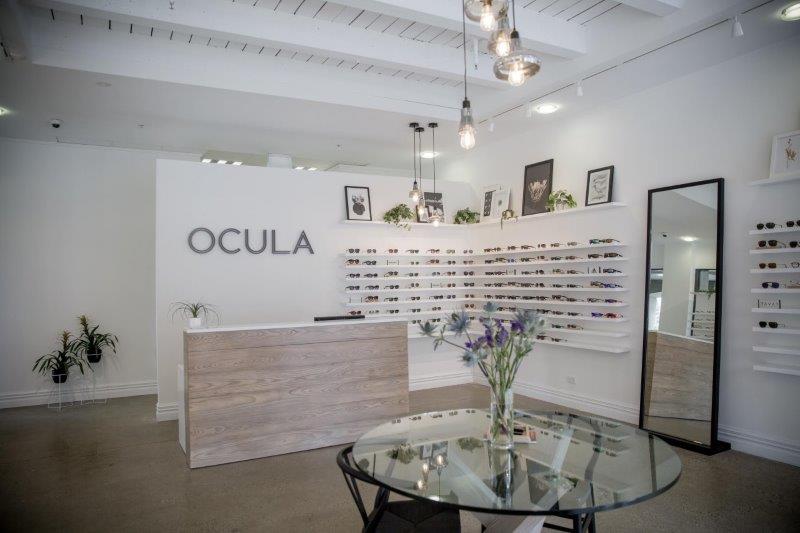
Ocula's new brand is built with a very specific target group in mind
Together with Winstone, Wiltshire places firm stock in the look and feel of your practice. “Ensuring the layout, lighting, signage and products are all in the right place is crucial. Giving the practice a refresh is one of the best ways to improve your reputation, service and brand. Not to mention there is always a positive impact on the bottom line, especially if you lay out the practice in a way that aids the patient in finding the right solution. It’s a step that’s often overlooked.”
For Wiltshire, a good website is also essential. “It doesn’t have to have all the bells and whistles, but you must have a way of openly and easily portraying who you are and what you’re about. The expectation these days is that new patients will want to know more about a practice before making an appointment.”
What doesn’t work
The terms 'brand' and 'logo' are often used interchangeably, so there's a misconception that getting the logo seen is all that’s needed, says Matthews, cautioning against advertising without true understanding.
“Be wary of allowing an advertising rep to put together your adverts or undertake other marketing endeavours unless they really understand your brand. For instance, if your brand stands for premium quality, producing cheap and tacky lens cloths and cases detracts from that. And just because your 12-year-old niece spends a lot of time on social media, doesn't mean she should manage your social channels."
Marketing spend tips
Having started with that solitary Wānaka store, Winston has first-hand experience with limited marketing budgets. Going through her rebrands, she says she found it most cost-effective and efficient to do most of the work herself, then hire in a professional to set up the branding guidelines. “There are lots of government incentives and grants you can utilise to prop up your marketing budget; it’s really an untapped resource. We used regional business programme funding. I would recommend contacting your local chamber of commerce to see what’s available. Much of it is subsidised, so you put in a dollar and they put in a dollar. As an independent optometrist without a huge corporate marketing budget, you can still do a lot with a little. It just means putting in the blood, sweat and tears.”
Overton’s core message is even more straightforward. “The critical element in a successful brand is using it. A bad brand used is better than a good brand doing nothing.”
But strategy in optometry is important, he stresses. “You don’t have to win the national war, just your local one. Don’t try to compete with the industry heavyweights. They can have a short-term win occasionally, but if you’re the most effective and respected practice and brand in your local market, your long-term future is sorted.”
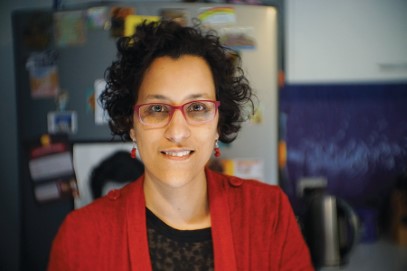
Renee Lunder is an Australian freelance journalist and proud specs wearer.
















